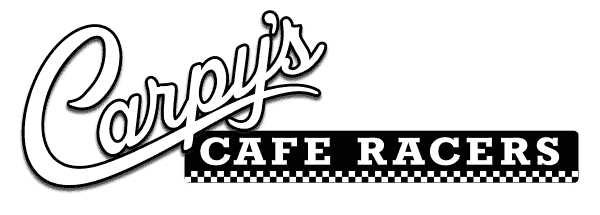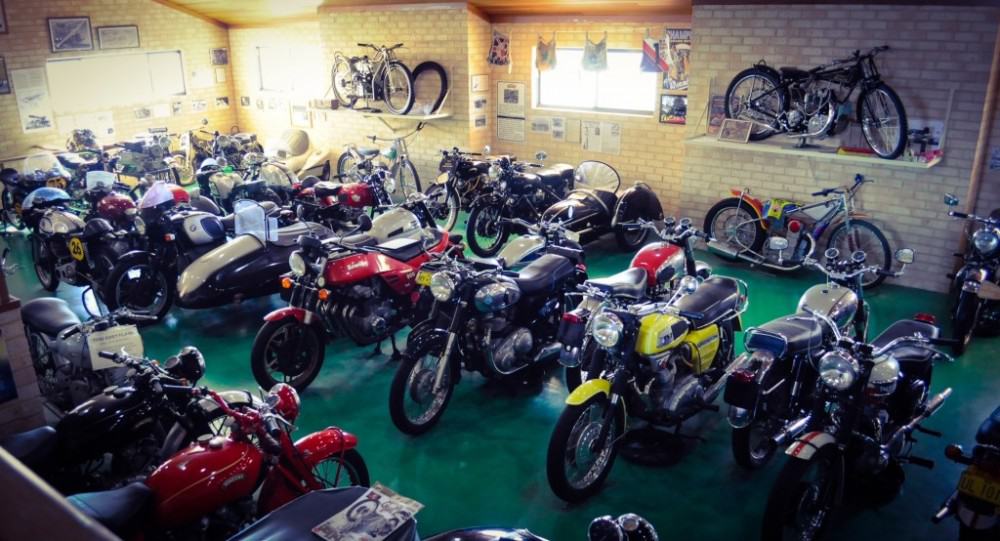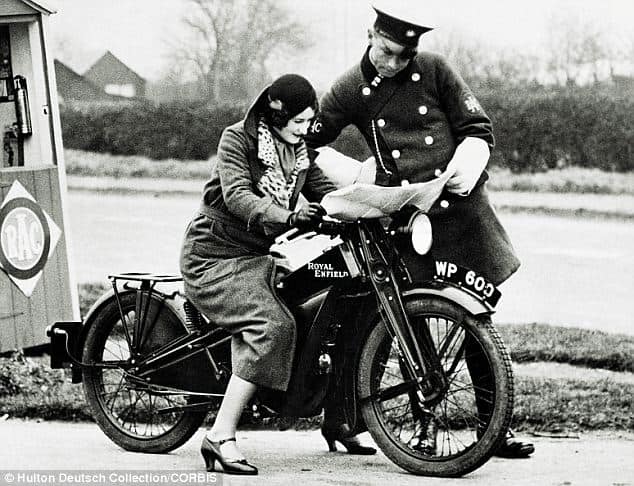I am always impressed by machines that are created down under, I was lucky enough to Live in Victoria and in New South Wales for 4 years and their passion for anything with two or four wheels is breathtaking at times. Here is a write up pipeburn came up with I wanted top share with […]
Tag Archives: douglas
Well, just as you think there cant be anything else out there that will make my eyes open wide, my mouth hit the floor and just stand there trembling, but there most definatly is a really cool Museum that I hope to visit sometime, I used to live in Australia and loved the whole place, […]
Wow- Monday already and I guess it was a hard start for you lot today as it was for me too, and I think today I shall continue with a few more videos to try and help your workday fly by, or at least give you something different to look at on your lunch break […]



